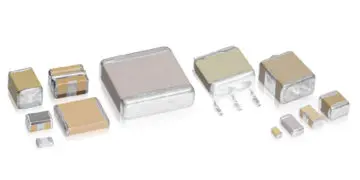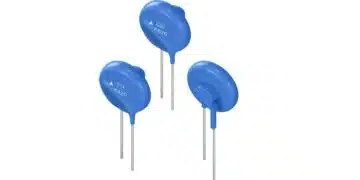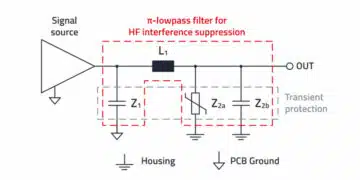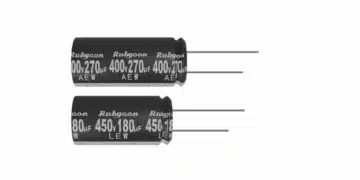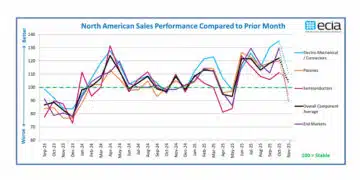Lorandt explains what the rated current of a power inductor is, and also how the rated current is measured at Würth Elektronik eiSos. For this, he solders the power inductor on a PCB, and puts it in a test chamber. The temperature is finally measured with an infrared camera.
Source:
Würth Elektronik




